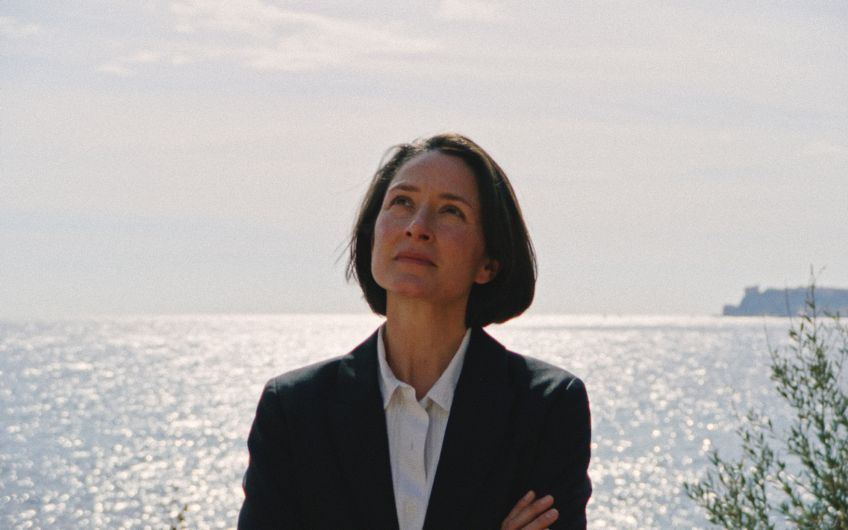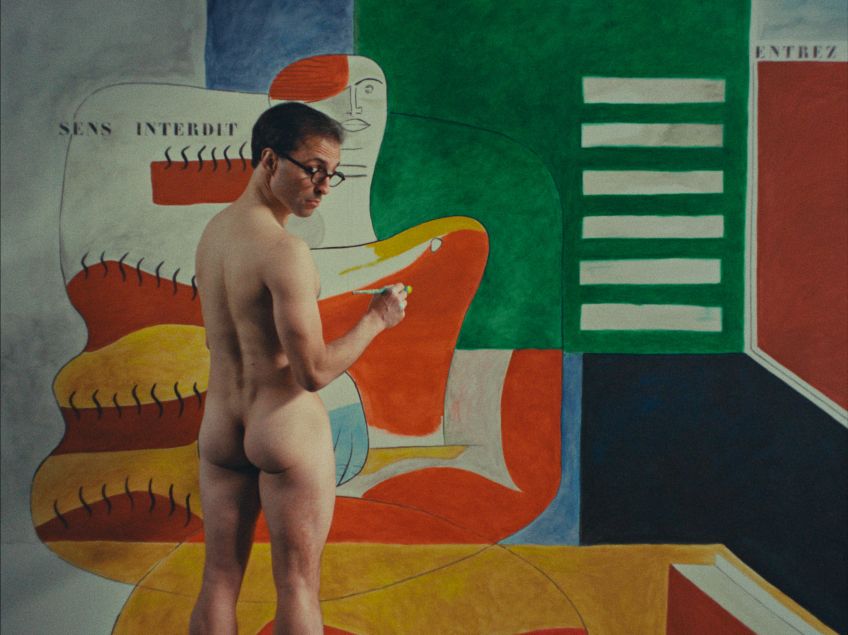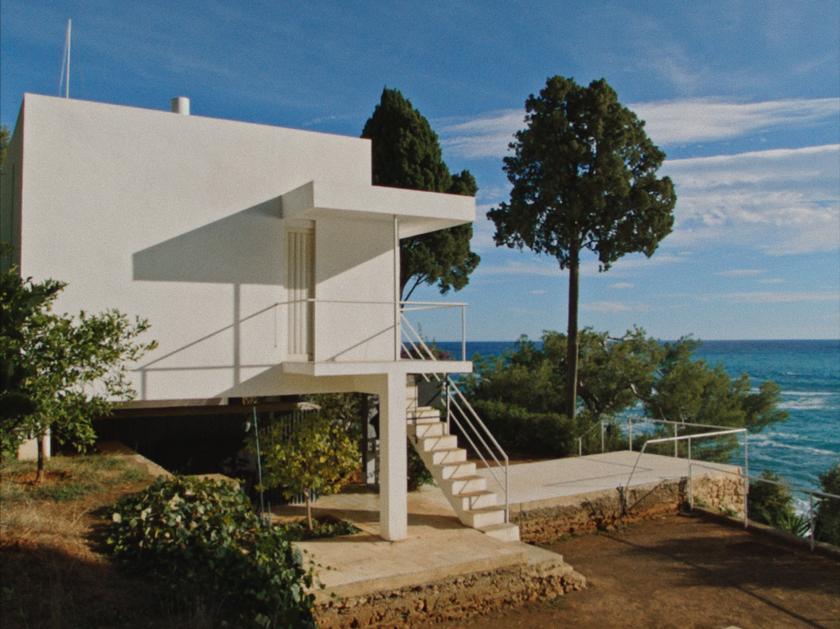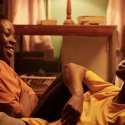It’s hard to say who is going to enjoy E.1027 – Eileen Gray and the House by the Sea. Admirers of the modernist designer-architect will be frustrated by how little of her other work is actually visible on screen while fans of feminist biopics might well be underwhelmed by the film’s languid pace and arty flourishes.
It’s also a little puzzling that a major incident in Gray's life – the controversy around whether Le Corbusier jealously added frescoes to the all-white villa that Gray had designed on the Côte d'Azur in 1929 – has been covered fairly recently in the drama The Price of Desire (2015).
Gray is one of those art world figures who has been repeatedly rediscovered, but the best accounts of her life and wide-ranging creations came in Peter Adam’s 1987 book and his BBC documentary about her. If your budget allows, you can always go and buy high-end replicas of her iconic chairs, screens, and tables from Ze’ev Aram, who has been championing her work since the early seventies..
 E1027- Eileen Gray and the House by the Sea gives the audience plenty of views of Gray’s coastal creation in all its restored glory. But the villa is mainly used here as a backdrop to a lot of rambling drama and moody shots of Natalie Radmalle-Quirke (pictured right), who plays Gray as if she’s modelled her performance on one of Tilda Swinton’s most aristocratic turns.
E1027- Eileen Gray and the House by the Sea gives the audience plenty of views of Gray’s coastal creation in all its restored glory. But the villa is mainly used here as a backdrop to a lot of rambling drama and moody shots of Natalie Radmalle-Quirke (pictured right), who plays Gray as if she’s modelled her performance on one of Tilda Swinton’s most aristocratic turns.
Billed as docu-fiction, the film is an overly lush fusion of naturalistic drama scenes at the villa and stylised sequences involving archive and projected images of Gray’s creations with occasional outbursts of recherché mime and dance.
It‘s a bit like watching a very well-budgeted, ambitious student film inspired by the pages of a high-end property and design magazine in which the ambitious graphic designer is trying their hardest to come up with innovative layouts.
We don’t get enough of Gray’s extraordinarily complex life story prior to 1929 – and far too much on her relationship with the French architecture critic, Jean Badovici, with whom she had created the house as their retreat. Badovici is played by the Romanian actor Axel Moustache as a bon viveur to Gray’s serious artist; it’s no great surprise when she leaves him. Le Corbusier (played by Charles Morillon pictured below) adds his derrière to his derision by painting the offending frescoes onto Gray's immaculate white walls. 
While viewers might get more buttocks than they bargained for, they don’t get a glimpse of Tempe à Pailla, the house Gray designed after she left Badovici but was forced to abandon when the Nazis invaded France.
That house’s story is dramatic. It was trashed by the occupying Germans, who looted the furniture Gray had designed. She returned to restore it in 1945 before selling it to the painter Graham Sutherland in 1955.
There’s no question that Tempe à Pailla was all Gray's own creation (whereas Badovici claimed some credit in the design of E.1027). Perhaps the filmmakers couldn’t get permission to shoot there as the house was put up for sale in late 2024. Meanwhile after a $5 million restoration, E.1027 can be visited by architecture aficionados, or people on holiday who like to nose around a house they’ve seen in a movie like this one.














Add comment